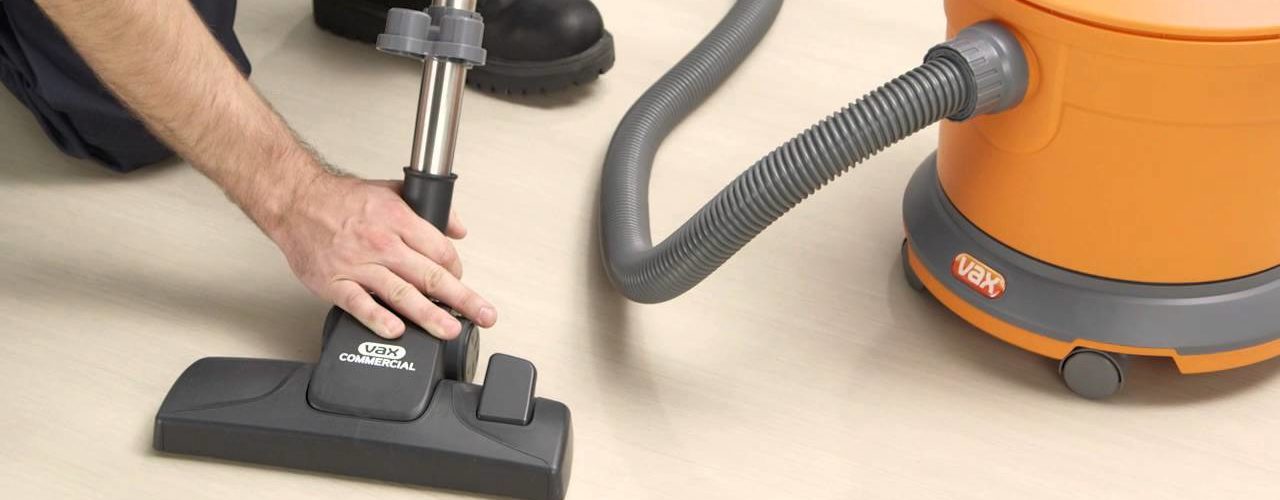The vacuum cleaner is one of the best inventions ever when it comes to saving time and cleaning. Even so, a lot of households do not use it to it’s most effect levels. People fail to realize that a vacuum can be used for many things other than just vacuuming the floor. Most modern vacuums come with many nozzles and attachments that can be used for clearing dust and dirt from different home surfaces.
Vacuum Cleaners Supplied With Attachments For a Variety of Cleaning Jobs
Vacuum cleaners usually come with a small brush for dusting, a small nozzle attachement for furniture and stairs. There is usually also a crevice tool included for those annoying, tiny corners that you can’t get with just a vacuum alone. Cylinder vacuums usually come with an attachement for floors also. This features a brush edge that remains inside the attachment when carpets are being vacuumed, but is dropped into position when the surface being cleaned changes to hard flooring.
Upright vacums contain a fixed head which is used to clean floors. These days, the attachment of other tools to an upright is typically done with a hose which can be inhinged from the central frame of the cleaner.
Both varieties of vacuum normally give the option of a turbo tool, which encloses a spinning brush and is used to remove pet fibers and other refuse from carpets and upholstery.
Remember, once the dust is extracted into a vacuum cleaner it remains inside. Dusting with a dry cloth will take away furniture , but most of it will end up airborn and settle back again quickly.
Here are a few basic steps in use and care of your vacuum:
1) Do a spot check of the area of the vacuum where it retains dirt. In vacuums that are not new, tit will have a bag instead of canister. In new ones it is usually a removable canister. IIf it is filled to capacity, you will need to replace the bag; if it is a reusable container it should be cleaned as often as possible to prevent avoid loss of suction. If the retaining area is full the vacuum won’t be able to suction dirt properly.
2) Have a look at the height of the vacuum. Most vacuums will contain a tractable indicator for carpets of varying degrees in length. If your vacuum has one, make sure it is set to the proper grid for your carpet. If it is set too high it will not allow suction and if it is set to low it won’t allow proper airflow.
3) Relocate little items out of the way of the vacuum. Even if you don’t plan to move the furniture when you vacuum, such as chairs and end tables, you can easily remove smaller items that could get in the way of the vaccum.
4) Turn the vacuum on and propel the vacuum back and forward in motion in even, slow movements. If you move the vacuum too fast you will not get a thorough cleaning.
5) Work with the attachments, like the hose with convertible ends, to clean crevices and the bottom edges of furniture. Most vacuums have several types of attachments for these types of tasks. This is helpful in preventing the dust from becoming airborne again and ending back up where it was to start with.
- Keep your cord wrapped when not in use to prevent fraying of wires
- Keep a check on the plug as a damaged plug can cause damage and fire hazards
- Maintain and wash your filter to prevent loss of suction.







